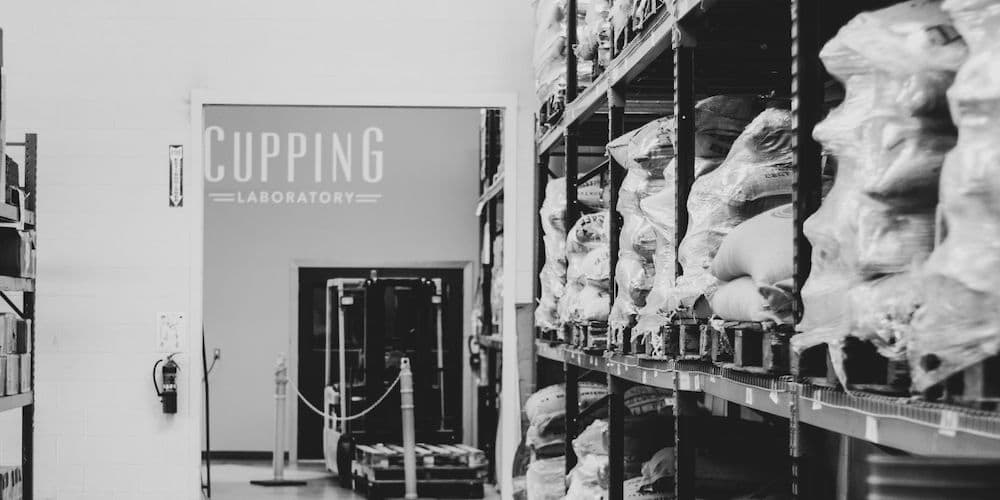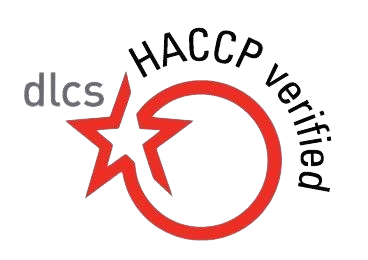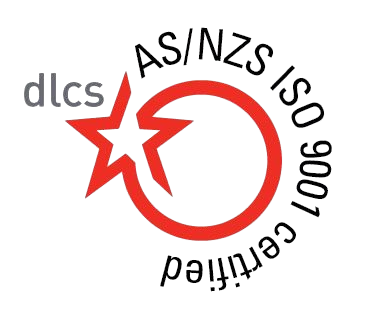Cleaning a medical facility requires a specialized approach due to the unique nature of healthcare environments. These facilities must adhere to strict cleaning protocols to ensure patient safety, prevent infections, and maintain the highest hygiene standards. Cleaning companies must be well-versed in the guidelines specific to healthcare settings, addressing the needs of different areas such as operating rooms, patient wards, and waiting areas.
Unlike general workplaces, where basic cleaning suffices, medical facilities demand thorough, meticulous cleaning to eliminate harmful pathogens. Patients in hospitals often have compromised immune systems, making them highly susceptible to infections. Therefore, it’s crucial to employ detailed cleaning practices that cover all potential sources of contamination. From floors and walls to high-touch surfaces, every area must be sanitized to prevent the spread of bacteria and viruses.
Hospitals and healthcare environments also face the constant risk of infection due to the variety of pathogens present. High-touch surfaces like doorknobs, handrails, and medical equipment can harbor these microorganisms. To prevent cross-contamination, effective infection control measures must be implemented. This includes using hospital-grade disinfectants and following regular cleaning schedules to eliminate harmful bacteria and viruses.
In addition to infection control, medical cleaning must consider patient privacy. Cleaning staff must navigate through patient areas with discretion, ensuring they do not infringe on personal space or disturb patients. This requires an understanding of privacy protocols and a sensitive approach to maintaining confidentiality while performing cleaning tasks.
Compliance with health and safety regulations is another crucial aspect of medical facility cleaning. Medical facilities are governed by stringent guidelines that dictate cleaning practices, from waste disposal to the use of cleaning agents. Cleaning companies must adhere to these regulations to ensure patient safety and avoid legal repercussions.
In conclusion, cleaning a medical facility goes far beyond standard cleaning practices. It requires specialized knowledge, adherence to strict infection control protocols, and a commitment to maintaining high hygiene standards. By understanding and addressing these challenges, healthcare providers can ensure that their facilities remain safe, sterile, and conducive to patient recovery.







